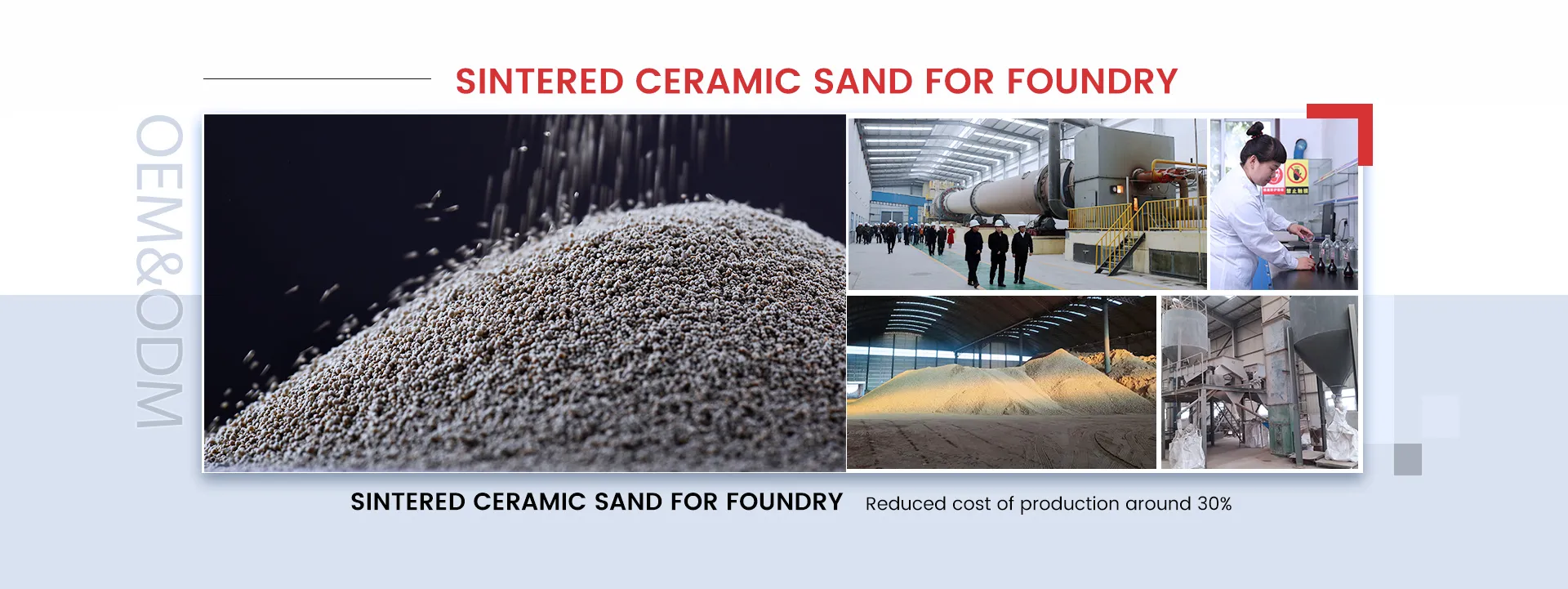Fine Casting Sand The Key to Precision in Metal Casting
Fine casting sand plays a pivotal role in the metalcasting industry, serving as an essential material that significantly impacts the quality and precision of the final product. This fine-grained material is primarily composed of silica, clay, and various additives, each contributing to the unique properties required for effective casting processes. Understanding the significance of fine casting sand is crucial for anyone involved in the manufacturing and engineering fields, particularly those specializing in casting techniques.
One of the primary advantages of fine casting sand is its ability to create intricate patterns and designs. The fine particle size allows for excellent mold detail, enabling manufacturers to produce complex shapes with high dimensional accuracy. This characteristic is particularly beneficial when casting components for industries such as automotive, aerospace, and manufacturing, where precision is paramount. The ability to achieve fine details directly translates to reduced post-processing work, saving both time and resources.
Moreover, fine casting sand exhibits excellent permeability and collapsibility, which are critical for ensuring a successful casting process. During the metal pouring phase, the sand must allow gases to escape while maintaining its shape under the weight of the molten metal. Fine casting sand, due to its finely graded particles, provides superior permeability, minimizing the risk of defects such as gas traps or blowholes. Once the metal has solidified, the sand can easily collapse or break away, facilitating the removal of the cast part without causing damage.
fine casting sand

Additionally, fine casting sand offers a high degree of thermal stability. When subjected to the high temperatures of molten metal, the sand must withstand significant thermal stress without deforming. Fine casting sand is formulated to endure these conditions, ensuring that the molds retain their integrity throughout the casting process. This thermal stability is crucial for achieving consistent results in production, as it directly affects the quality and structural properties of the cast products.
Another noteworthy benefit of fine casting sand is its versatility. It can be used in various metalcasting processes, including both ferrous and non-ferrous castings. Whether casting iron, aluminum, or brass, fine casting sand adapts well to different metals and casting techniques, making it a preferred choice among foundries. Furthermore, advancements in sand recycling technologies have enabled manufacturers to reuse fine casting sand, significantly reducing costs and environmental impact.
However, the choice of fine casting sand is not without considerations. Different applications may require specific grades or additives to achieve optimal results. For example, the inclusion of resin or chemical binders can enhance the binding properties of the sand, leading to improved mold strength and surface finish. Therefore, it's essential for casting engineers to select the appropriate type of fine casting sand based on the specific requirements of each casting project.
In conclusion, fine casting sand is an indispensable material in the metalcasting industry. Its ability to produce high-quality, precise castings makes it essential for a variety of applications across multiple industries. As technology continues to advance, the development of fine casting sands with tailored properties will likely further enhance the capabilities of metalcasting processes, fostering innovation and efficiency in manufacturing. For anyone involved in the casting industry, understanding and utilizing fine casting sand effectively is key to achieving excellence in their craft.
Post time:Lis . 08, 2024 18:04
Next:how to cast sand in resin
